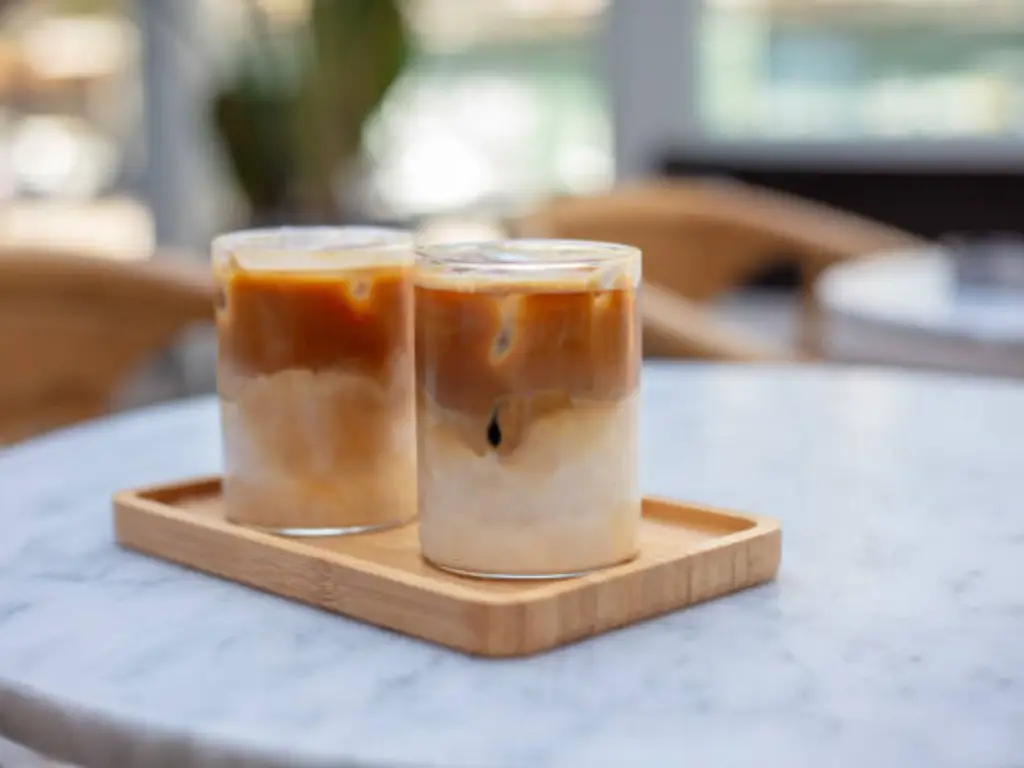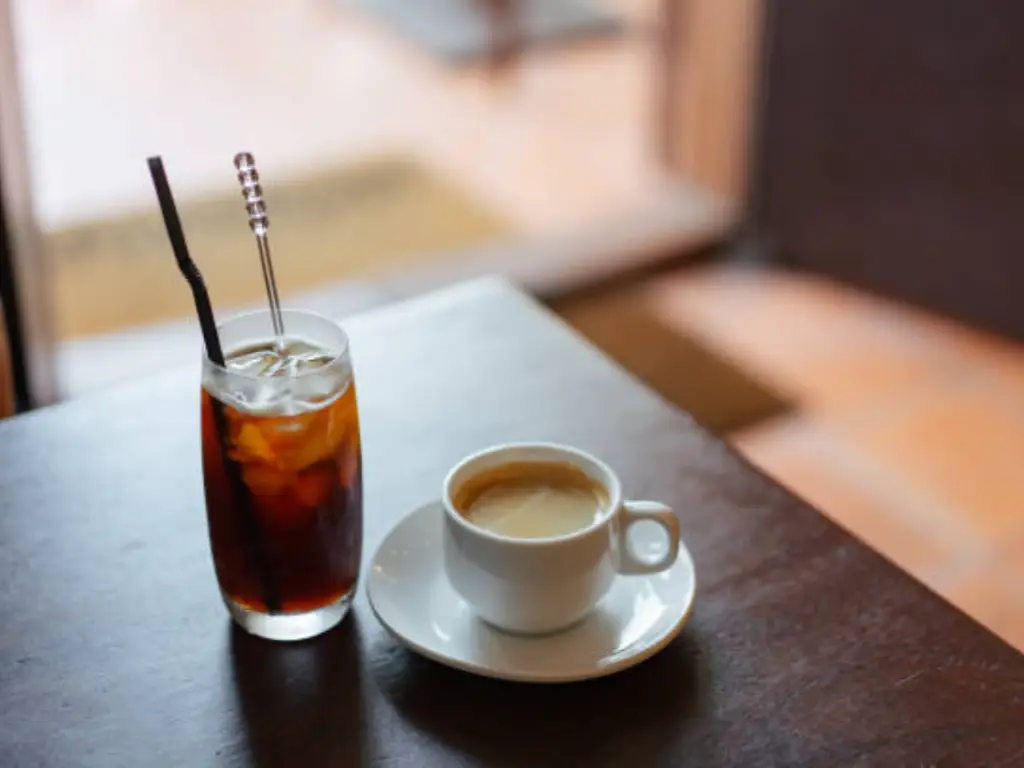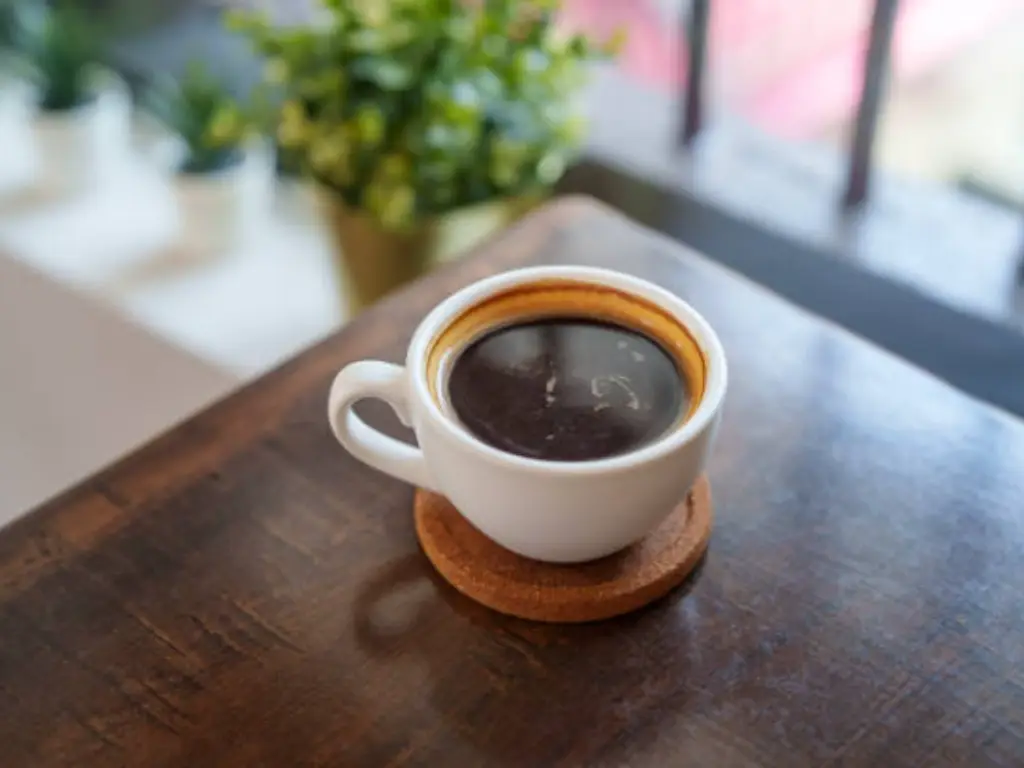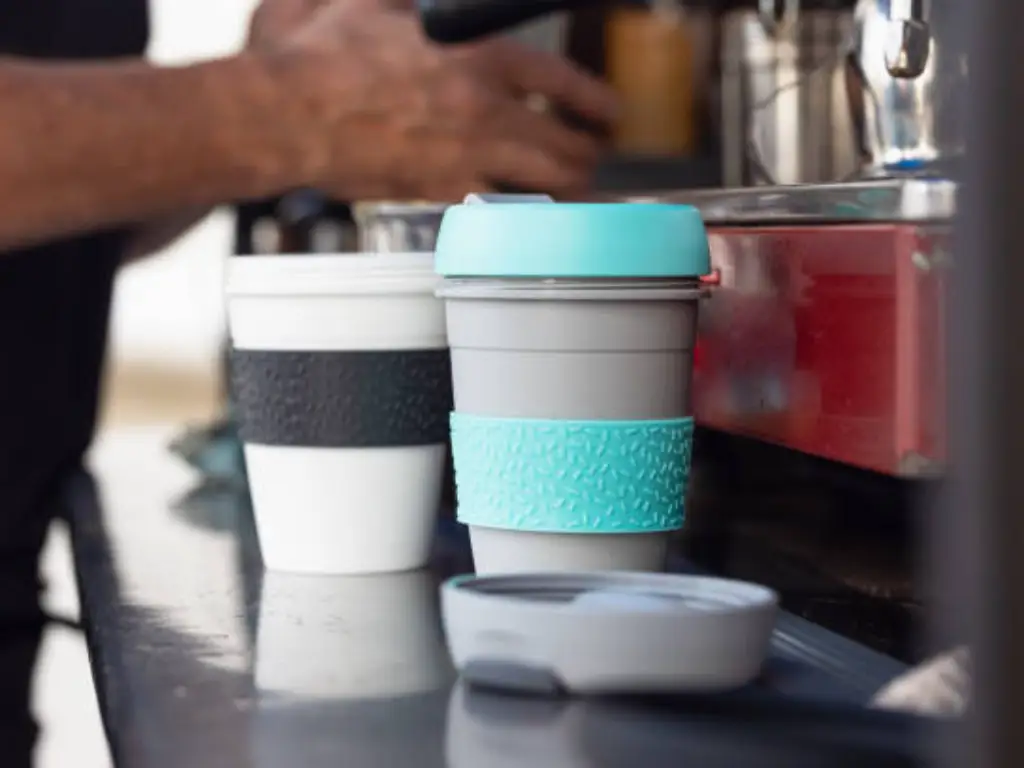
The role of a coffee cup seems easy: to contain coffee. However, there is a big difference between a cup that simply holds the liquid and a cup that keeps its temperature and flavour. The best option is not universal, but circumstantial. The needs of a quiet morning coffee at home are quite different from compared of a high-volume coffee shop that caters to customers on the move.
This guide gives a comprehensive analysis of the coffee cup options to be used both personally and commercially, including cold beverages. We shall look at the materials and designs that fit the various environments, starting with the traditional ceramic coffee mug, and the precision of the modern insulated paper cups. The aim is to offer practical, easy-to-understand guidelines in order to choose the appropriate cup for the appropriate purpose.
The Classic Mug: When to Choose Ceramic Over Steel
Before the popularisation of the insulated travel mug, the conventional container of a hot cup of coffee was made of ceramic, which was suitable for everyday use. It is not without reason that it persists. Other materials, such as ceramic and glass, are chemically neutral, i.e., they do not add any other flavour to the drink. To most, the pure flavour of the coffee is the most important thing, and ceramic mugs are therefore the best when it comes to a sensory experience. A classic mug has a weight, texture, and thermal feel that is a part of a familiar ritual that cannot be duplicated by a stainless steel tumbler.
This option is, however, a trade-off. Although ceramic is a better heat retainer than normal glass, it lacks active insulation. It is packaged to be consumed immediately or near-immediately. The heat gradually escapes the liquid through the material and into the air around it. This is appropriate in a fixed environment, such as a desk or a kitchen table, where one cup of coffee is taken within a limited time.
A stainless steel mug, in its turn, is more functional than aesthetic and traditional. It is mainly used to retain heat. The vacuum construction is designed to reduce the amount of heat transfer, and therefore, hot beverages remain at or close to their original temperature for hours. This makes it the right tool to use on commuting, travelling, or any other occasion when coffee is not going to be consumed immediately. The cons are that there is a possibility of a slight metallic flavour and loss of connection with the classic drinking experience. The decision between ceramic and Stanley steel is thus a decision of context: flavour purity and ritual or thermal performance and portability.
Our Top Picks for Ultimate Heat Retention
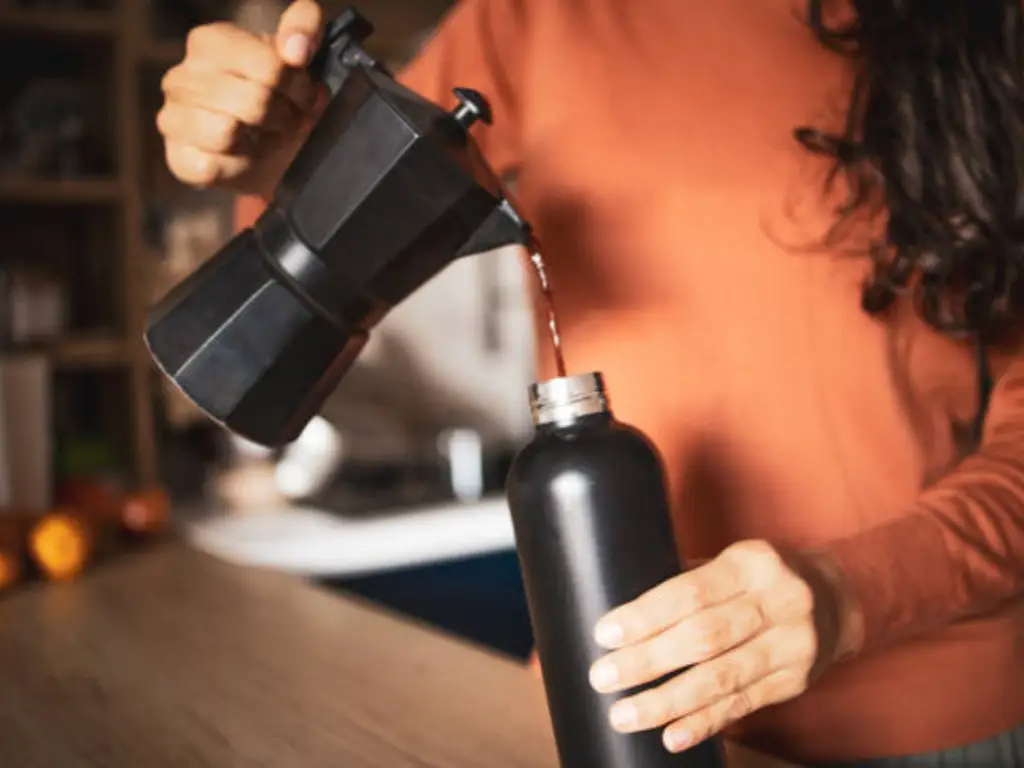
For those who require sustained thermal performance, the market is saturated with options. After extensive evaluation based on heat retention, leak resistance, durability, and ease of use, we have identified the leading products in key categories.
Best Overall: Zojirushi SM-KHE48
- Why It Is a Good Choice: Zojirushi uses its knowledge of thermal technology to make a lightweight travel mug that is very high-performing. It has one of the best vacuum insulations and can keep liquids hot for more than six hours. The thin structure can be placed in any cup holder or bag.
- Heat Retention Performance: During our hot water tests, the Zojirushi was able to keep the hottest temperature throughout a six-hour test, which was the best in comparison with most of the competitors. It retains an ideal temperature over a long period of time.
- Design & Usability: The most impressive feature is the locking flip-top lid, which is entirely leak-proof and can be used with a single hand. The mug lip is made to take a nice bite. The inside is non-stick, so it is easy to wash, and the mug is made from BPA-free materials, but not to used in the dishwasher.
Best for Travel: YETI Rambler Tumbler
- Why It’s a Great Choice: YETI Rambler Tumbler is designed to be durable and convenient. Its stainless steel construction is very resistant to dents and drops and is therefore best suited to daily use, whether it is the daily commute or the rough outdoor games.
- Heat Retention Performance: The YETI has very good thermal performance, although not as good as the Zojirushi, it can hold a hot beverage for several hours. It works just as well with cold drinks.
- Design/Usability: The primary strength of it is the MagSlider lid, which is easy to open, splash-resistant, and easy to wash. It is easy to fill and wash because of the wide mouth. It can be placed in a regular car cup holder and is completely dishwasher-safe, which contributes to its convenience.
Best Smart Mug: Ember Mug²
- Why It’s a Good Choice: The Ember Mug 2 solves a different issue: not only to keep the drink hot, but to maintain a specific temperature. It is a dynamic heating mechanism, which enables the user to adjust an exact drinking temperature through a smartphone application.
- Heat Retention Performance: The mug has a battery that heats the coffee to the appropriate temperature (between 120°F and 145°F) and keeps it hot (up to 1.5 hours) on its own, or indefinitely when used on its charging coaster.
- Design and Usability: The Ember has a clean design and is coated with ceramic on its stainless steel body, which does not compromise on technology to give it a traditional drinking experience. It is not a travel product but a stationary product to be used at a desk or in a living room.
For those who require sustained thermal performance, the market is saturated with options. After extensive evaluation based on heat retention, leak resistance, durability, and ease of use, we have identified the leading products in key categories. Here is a brief overview of our top selections:
| Model | Best For | Heat Retention | Leak-Proof | Dishwasher Safe |
| Zojirushi SM-KHE48 | Overall Performance & Commuting | Exceptional | Yes (with lock) | No (Hand wash) |
| YETI Rambler Tumbler | Durability & Travel | Excellent | Splash-Resistant | Yes |
| Ember Mug² | Precise Temperature Control | N/A (Active Heating) | No (Open top) | No (Hand wash) |
For a visual comparison, you can view the video below:
The Shift to Commercial: Why Paper Cups Rule To-Go
The factors that are considered when choosing a personal coffee mug do not apply to a business setting. In the case of coffee shops, fast food restaurants, and other vendors, the disposable paper cup is the standard of operation. The pillars of this dominance are four practicals:
- Hygiene: Single-use cups avoid the possibility of cross-contamination. They offer a clean container to every client, which is an indisputable condition in food service.
- Comfort: In a busy environment, time is of the essence. Disposable cups do not need to be washed, collected, or stored. They automate processes, cut down on manpower, and enable employees to attend to more customers effectively.
- Cost-Effectiveness: Although the quality of paper cups is a cost, it is much cheaper than buying and maintaining a fleet of ceramic or steel mugs. They do away with the expenses of breakage, theft, and the water and energy used in washing.
- Brand Promotion: A disposable cup is a mobile advert. Custom printing enables companies to put their logo, message, and brand name in the hands of their customers, who then take it out into the world.
How Paper Cups Are Engineered for Hot Beverages

A modern paper coffee cup is not simply a folded piece of paper. It is an engineered product designed to safely contain hot liquids while providing a comfortable user experience. The construction directly impacts its performance.
The Foundation: Single vs. Double Wall Construction
The most basic structural option is the paper layers. The single-walled paper coffee cup is the base design. It is light, cost-effective, and useful for holding liquid. It has low heat-insulating abilities and is only applicable to cold drinks or hot drinks that are served in a separate cardboard sleeve. This is a viable solution in busy settings where speed and cost are the key factors.
The Double-Walled Paper Coffee Cup is the standard to have better thermal performance. In this design, there is an additional layer of paperboard, which forms an air pocket between the inner and outer walls. This air gap serves to insulate, delaying the movement of heat out of the liquid and to the outside of the mug. This not only makes the beverage hotter but also, more importantly, makes the hands of the customer cool and comfortable without the necessity of an extra sleeve.
Advanced Insulation: The Role of Texture and Layers
More advanced structures have been constructed to improve insulation and comfort for the user. These designs apply texture to form more complicated air pockets that are very effective in preventing heat transfer.
A typical example is the Ripple Wallpaper Cup. It has a corrugated exterior coating with an inner smooth cup. This rippled texture forms a large number of small air channels, which insulate the beverage and also give a secure, tactile grip. It is a great compromise, much better insulated and with a higher-end feel than a typical double-wall cup.
The Embossed Insulated Paper Cup is the highest level of thermal performance in a disposable format. This cup is made with triple-wall construction, embossed and textured to form a very efficient heat shield. This design keeps the hot drink at the optimum temperature as long as possible, and the exterior of the cup is comfortable to hold. This design is normally adopted by brands that desire to convey the best quality and offer the best customer experience.
What Separates a Great Paper Cup from a Good One
Although the structure (single, double, ripple) is a decisive factor, it is not the only one that defines quality. To a business, the cup is a direct mirror of the standards of the business. A really superior product is distinguished by three areas:
- Raw Materials: A cup begins with the quality of the paperboard. High-quality manufacturers use certified and sustainable forests (FSC certified). The weight and rigidity of the paper are important in making the cup feel strong and not to become soft when hot liquid is held.
- Sealing and Construction: A cup is as good as its seams. A tight, secure side seam and base seal are made through advanced manufacturing methods to ensure the product is 100 percent leak-proof. This is usually done through heat sealing as opposed to adhesives that might interfere with the taste of the drink. The accuracy of the cut and the turn of the rim is also important for the perfect fit with the lid.
- Printing and Inks: Inks to be used in custom branding should be fully food-safe. Well-known manufacturers employ low-odour, water-based or soy-based inks, which are certified to contain low levels of migration, so that no chemicals in the print seep into the cup or alter the taste of the coffee.
A Manufacturer’s Insight: Turning Cups into Brand Assets
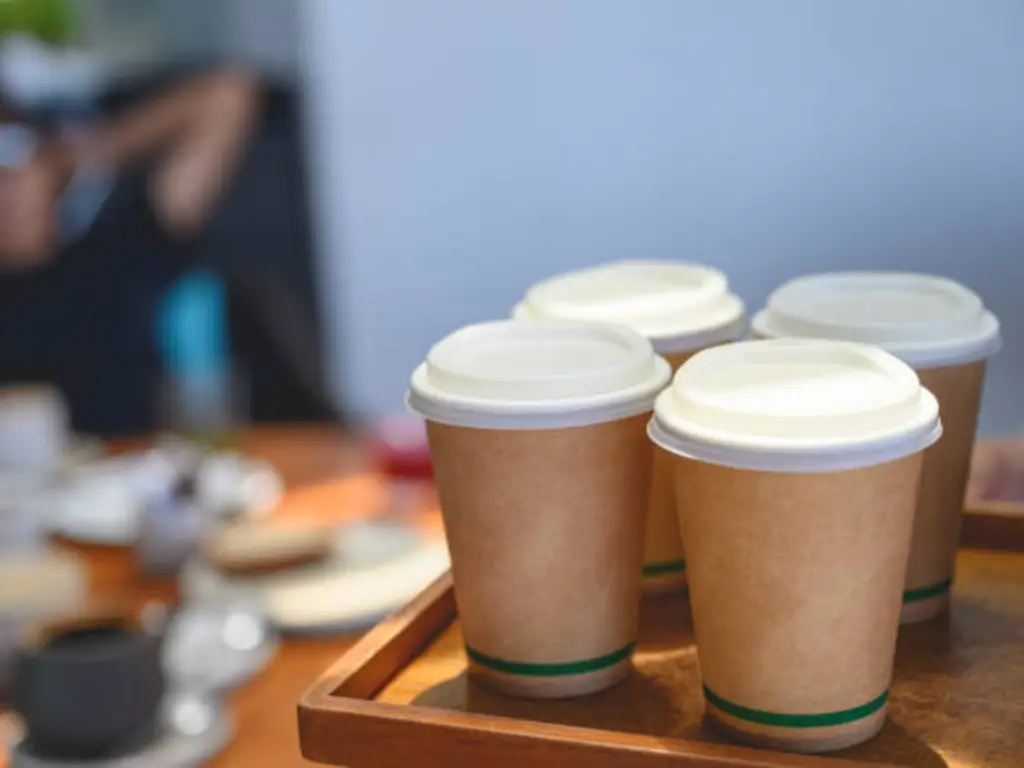
To a business owner, a cup of coffee is much more than a container; it is a very important part of the customer experience and a strong branding tool. The selection of a manufacturing partner must be done with the same care as the coffee beans. This is aimed at getting a partner, not a supplier.
Beyond the Logo: Strategic Customization
Good customization does not just mean printing a logo. It entails choosing the appropriate cup structure that will suit the positioning of the brand. A high-end specialty coffee shop may decide to use an Embossed Insulated Paper Cup to indicate its high quality, whereas a fast-paced cafe may find a custom-printed double-walled paper Cup to be the right balance of performance and cost.
An actual manufacturing partner helps in this strategic decision. We offer free design assistance at Yoonpack to assist businesses in maximising their branding on any cup type. We also know that companies of any size require quality products, and that is why we provide flexible and low Minimum Order Quantities (MOQ) so that clients can order what they need without being tied up with too much inventory.
The Promise of ‘Zero-Defect’ Reliability
The reliability of supply chains is the most important. Late delivery or a shipment of defective cups may interfere with the operations and ruin the reputation of a brand. That is why the quality control of a manufacturer is one of the most important aspects.
This risk is to be avoided by our zero-defect strategy at Yoonpack. We do quality checks at the production lines every hour. Each cup is printed with a production code and is fully traceable. In case of a defect, the whole batch that has been produced since the last successful check is thrown away. Our international certifications, such as ISO 9001 (Quality Management), BRC (Global Standard of Food Safety), and FSC (Forest Stewardship Council), confirm this strict process. This system, together with a delivery speed that is always faster than the industry average, gives our clients the reliability they require to operate their business without any hitch.
Final Thoughts: Choosing the Right Cup for the Right Purpose
The quest to find the best cup of coffee leads to a very simple conclusion that the best cup of coffee is the one that is best adapted to its particular task.
To Your Home: It is a matter of choice. If you appreciate the natural, unadulterated flavour of your coffee and the experience of drinking it, a traditional ceramic mug is the best option. When you need to have your coffee hot for hours of a commute or a long morning, then a high-quality, vacuum-insulated stainless steel travel mug is the right tool for the task.
To Your Business: The move is strategic. Your cup is part of your product, your brand, and your operation. You need a solution that is hygienic, affordable, and can reflect the quality of your brand. This implies selecting a manufacturing partner such as Yoonpack, which provides a full line of product structures, from single-wall to Embossed, and supports it with proven quality, certified safety, and a trusted supply chain.



